Hot Science Experiments How-Tos


How To: Levitate bubbles using dry ice
Another of my Halloween demonstrations. This simple but amazing video explains how everyday bubbles can float on a magic layer of air. It all has to do with density of air and some dry ice.

How To: Make a really foamy reaction with elephant toothpaste
Elephant toothpaste is the name given to the catalyzed decomposition reaction of 30% hydrogen peroxide that uses soap to collect the oxgen gas that is produced. It is a favorite of most students at chemistry shows.
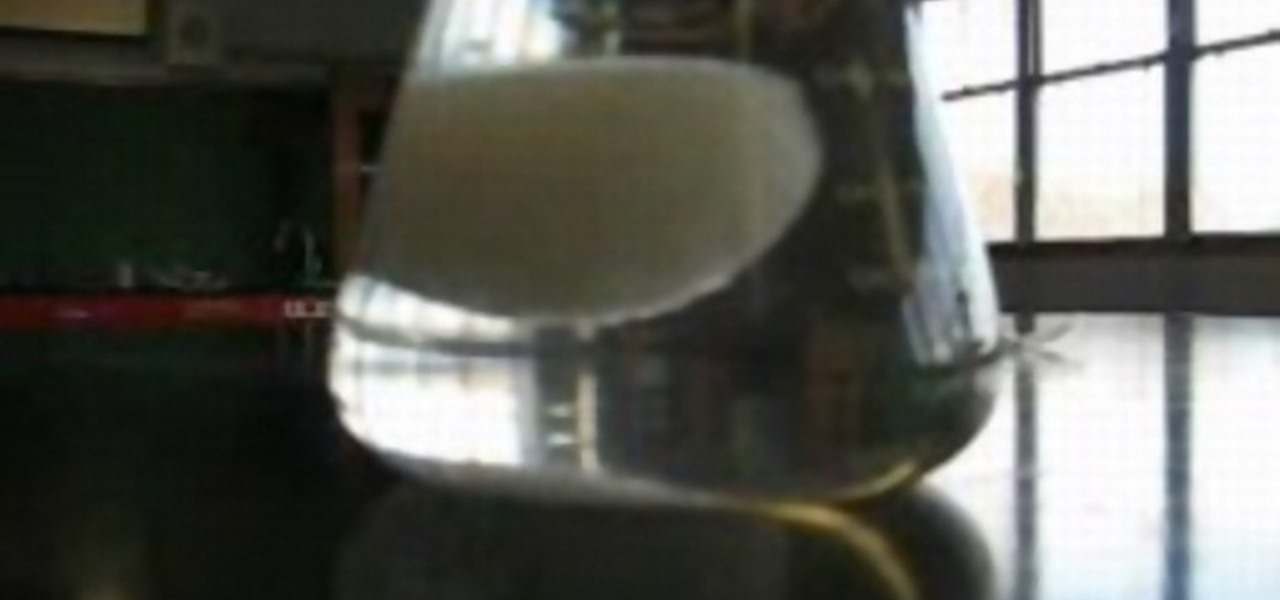
How To: Make water rapidly crystallize
A seed crystal is dropped into an unstable supersaturated solution of sodium acetate NaC2H3O2 and it completely crystallized in front of your eyes. This demonstration is prepared by heating 700 grams of sodium

How To: Make an indoor flame thrower
When you use lycopodium powder, it explodes into flames when it is exposed to fire then dust form in this experiment. Be careful don't accidentally set your house on fire.

How To: Use the flame test to determine an unknown metal
The flame test is used to visually determine the identity of an unknown metal of an ionic salt based on the characteristic color the salt turns the flame of a bunsen burner.

How To: Dissolving polymer experiment
Styrofoam is a polymer and when brought into contact with acetone the polymer breaks down into its monomers. This demonstration shows the process of depolymerization. It looks pretty cool.
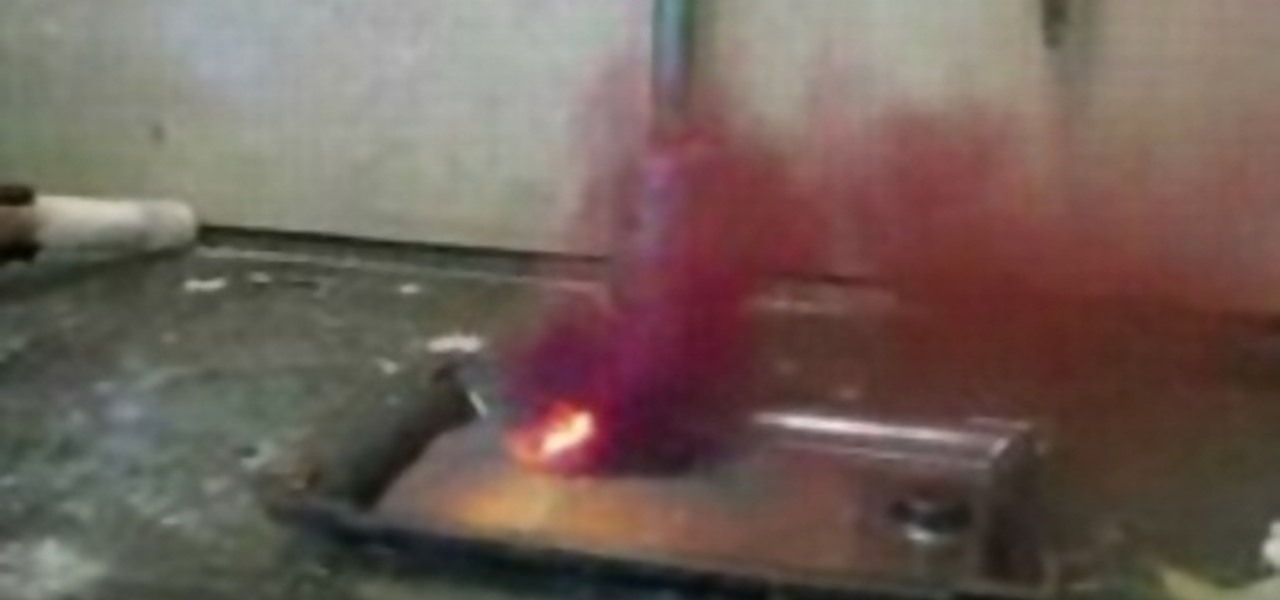
How To: Make an aluminum iodine volcano
The reaction of aluminum metal and iodine creates a plume of purple iodine while creating glowing aluminum iodide. A very interesting reaction.

How To: Make a magnesium reaction in dry ice
This reaction is between metallic magnesium and carbon dioxide. Magnesium reacts with oxygen in the air to form magnesium oxide, but when the only source of oxygen is from CO2 the reaction becomes much more energetic. The products are white magnesium oxide and black carbon.
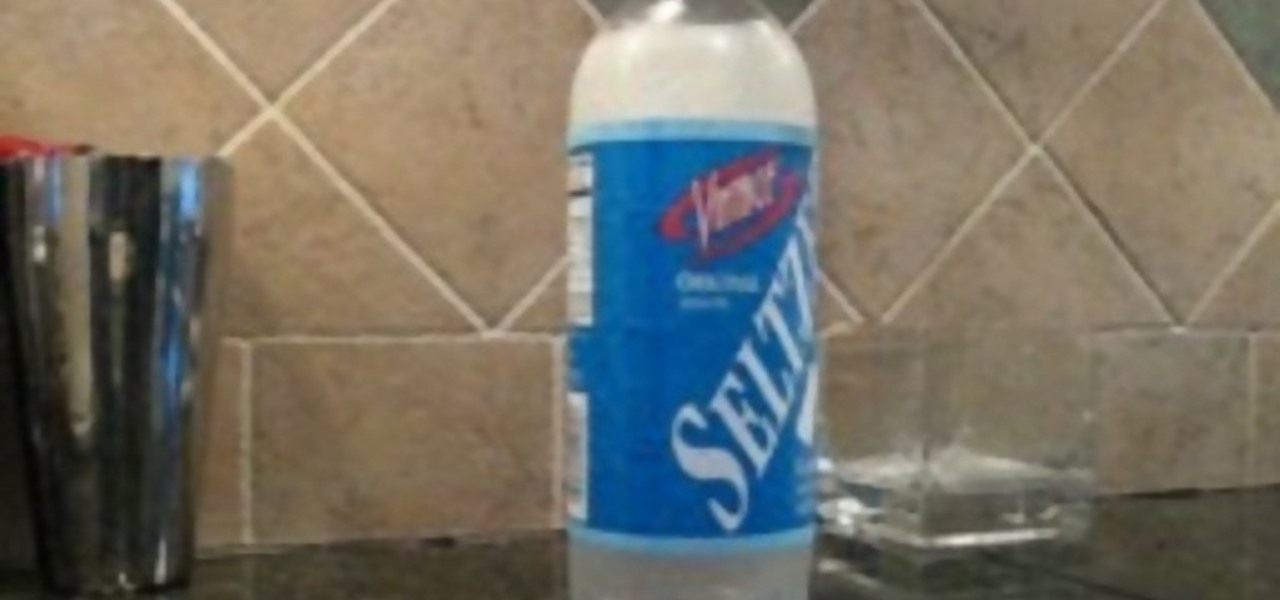
How To: Instantly freeze soda experiment
The trick in this how-to video works with any carbonated beverage (never use beer). Take your beverage and cool it down to a temperature around 20F or -7C. Either the freezer or outside if it is cold enough. When opened it will freeze instantly.
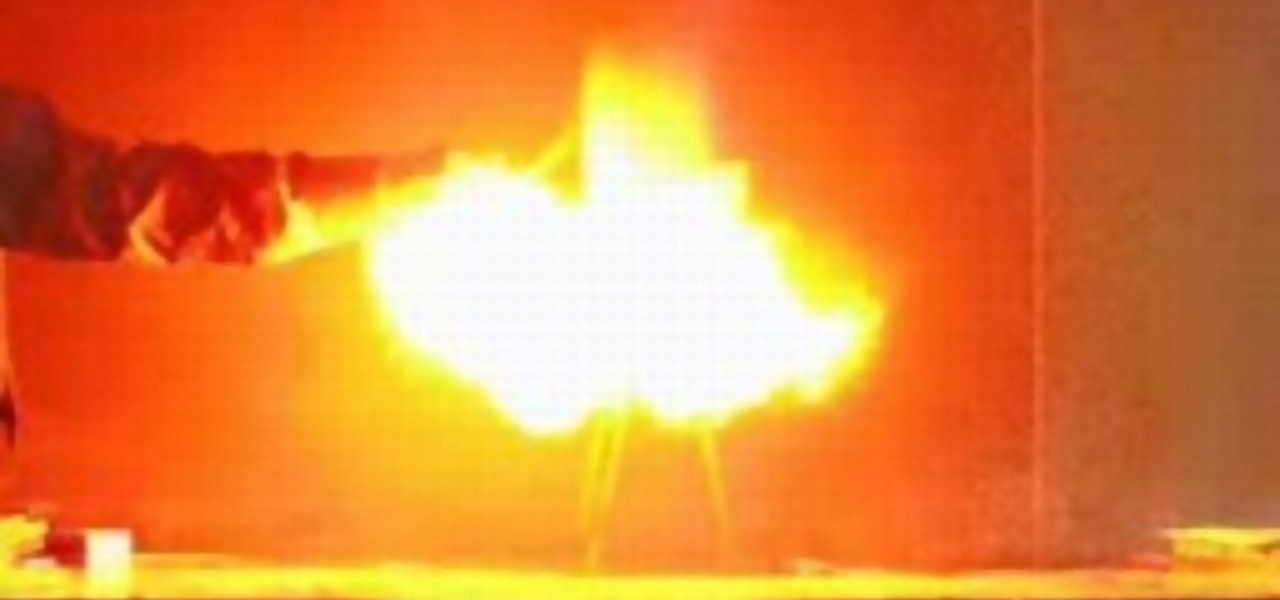
How To: Make an indoor hydrogen rocket
The picture may look like a mushroom cloud, but it is actually a can filled with hydrogen exploding. The can is fired into the ceiling. This demonstration still needs a little improvement in the area of safety (but it looks really cool). The problem is the partial pressure of hydrogen drops as the gas escapes and is replaced with air. This causes the reaction to be an explosion instead of a flame. Hydrogen is a tempermental element like that.
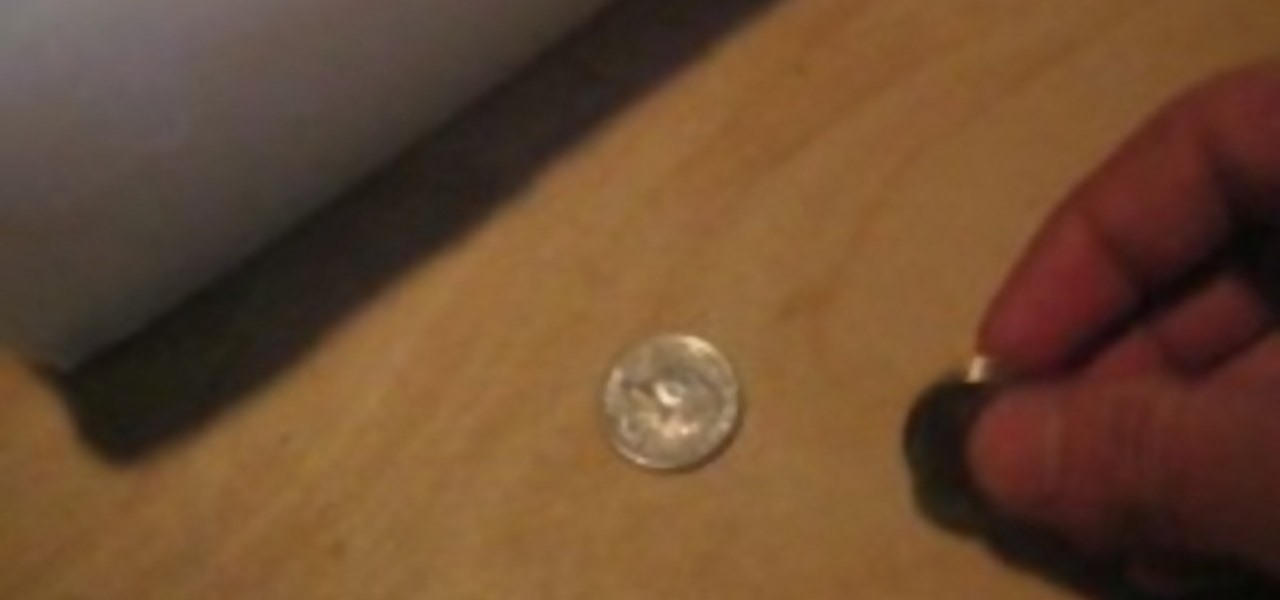
How To: Make quarters shiver in dry ice
When a quarter in pushed into dry ice, a strange thing happens. The quarter starts to quiver. It is a normal room temperature quarter. I did nothing to the quarter. This is not a trick but really happens. The evaporating CO2 creates a small air current causing the quarters to vibrate.

How To: Create ice when boiling from a vacuum experiment
This can actually happen. It seems unnatural, but the laws of physics don't lie. Liquids require heat to boil, and if the conditions are right one liquid can be boiled in order to freeze a second. Under a vacuum, the water in an acetone/water mixture can freeze while the acetone boils. Watch the video and see for yourself.

How To: Make a compass out of a needle floating in water
Make a compass out of a needle floating in water.

How To: Make a battery with Coke, salt, and paper towel
Make a low voltage battery at home using only coke, salt, and a paper towel. Make a battery with Coke, salt, and paper towel.

How To: Make a penny operated nitric acid fountain
Watch this video to learn how to make a penny operated nitric acid fountain. Nitric acid acts upon copper to yield nitric oxide in an exothermic reaction. The expanding gas displaces water from another flask; actually bubbles in this set up. When the gas cools, the water is drawn back into the flask, dissolving the nitric oxide and forming a blue solution with the copper ions still there. Very cool science experiment with a neat reaction.

How To: Use binoculars to gaze at the stars
You can use a simple pair of binoculars to sweep the milky way or even spy on your neighbor. Learn and understand the binoculars, here and now.

How To: Dress for success in stargazing at night
For successful stargazing at night, dressing warm is the key. Do you want to shiver while enjoying the night lights, or do you want to enjoy it?

How To: Photograph the stars through your telescope
Want to be an astrophotagrapher? Here is the simple facts of taking photos of those beautiful stars using your telescope and a camera. More advanced photographers tend to use a chilled camera though, so watch and learn.
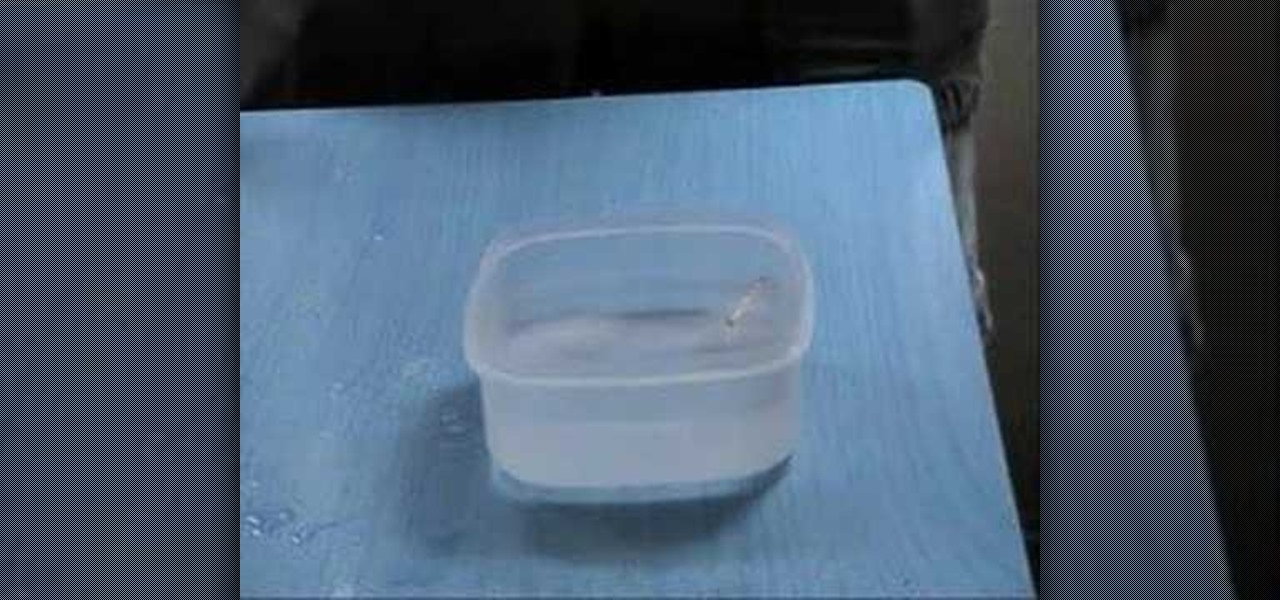
How To: Lift an ice cube with a match
Join Colin as he shows you how to lift an ice cube without touching it with your hands! Cool huh? All you need is water, salt, ice, and a match of course.
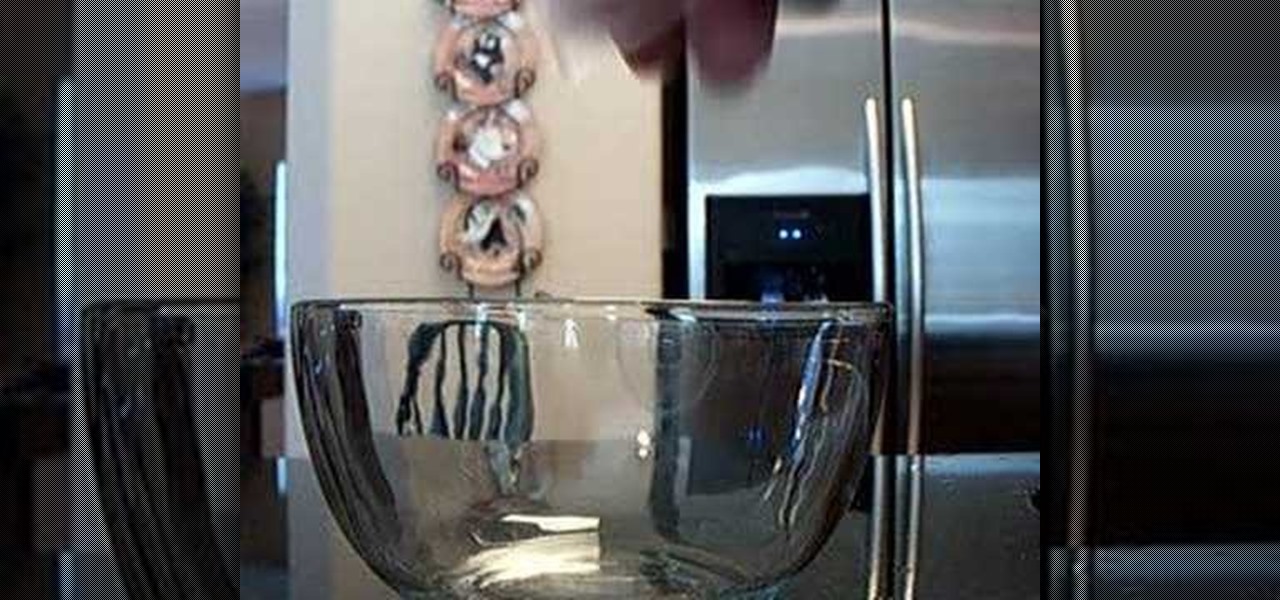
How To: Make super cool water
This is how to make super cool water--My freezer was set to -2 degrees Fahrenheit and I used Dasani water.

How To: Break chemical bonds
A difficult concept for many students to understand is the energy involved in breaking and forming bonds. A hydrate is a substance that has water bonded to it. In order to dehydrate you must add energy (endothermic) to break the bond to water. When hydrating you are forming a bond to water and will release energy (exothermic). This visual demonstration reinforces the concept.
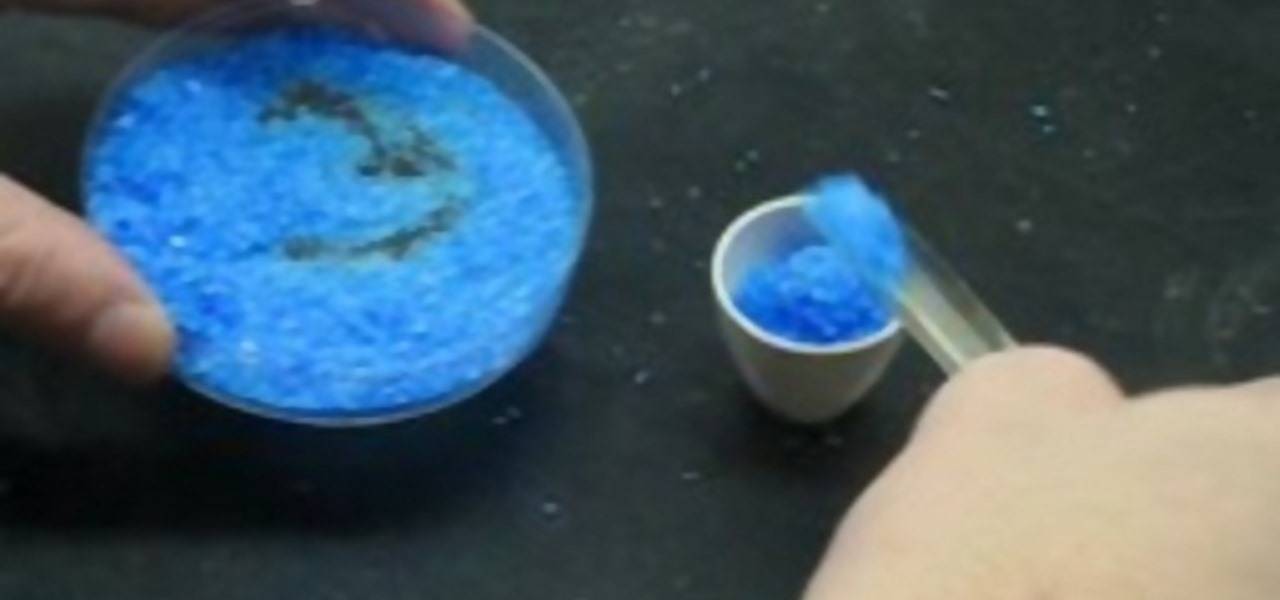
How To: Hydrate a video lab
This experiment is intended to introduce students to hydrated compounds. These compounds have water molecules coordinated in their chemical structures. Examples CuSO4*5H2O, BaCl2*2H2O, and NaC2H3O2*3H2O.
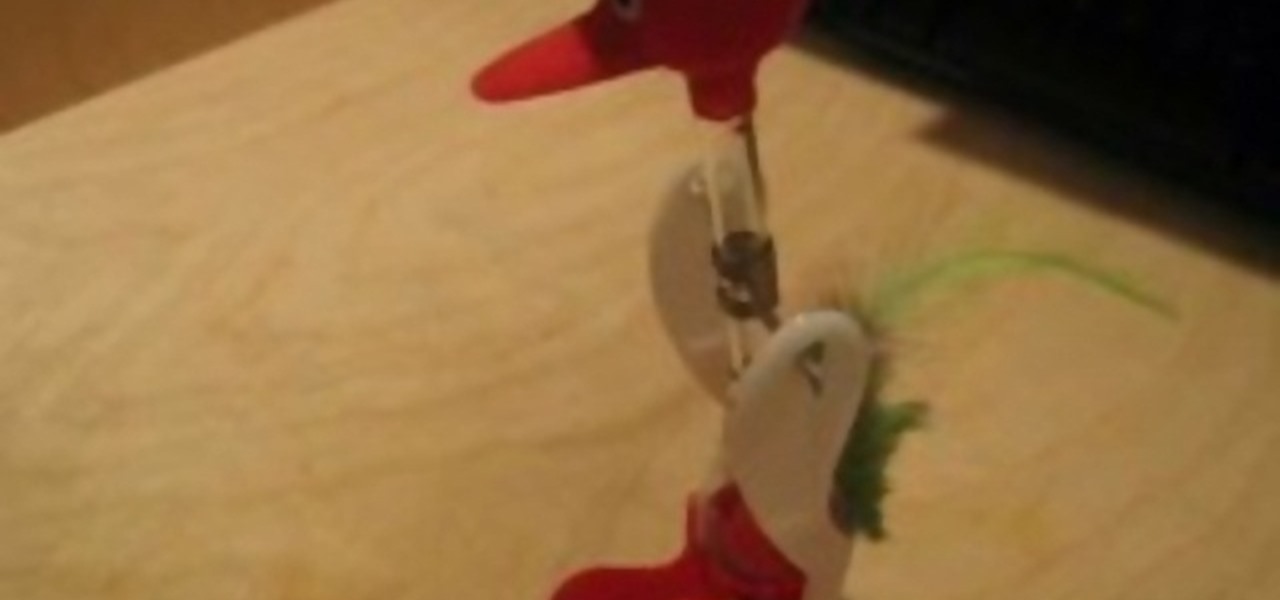
How To: Analyze the drinking bird toy
When was the last time you saw one of these? This classic children's toy seems very simple, but the chemistry involved is very interesting. Do you know how it works?
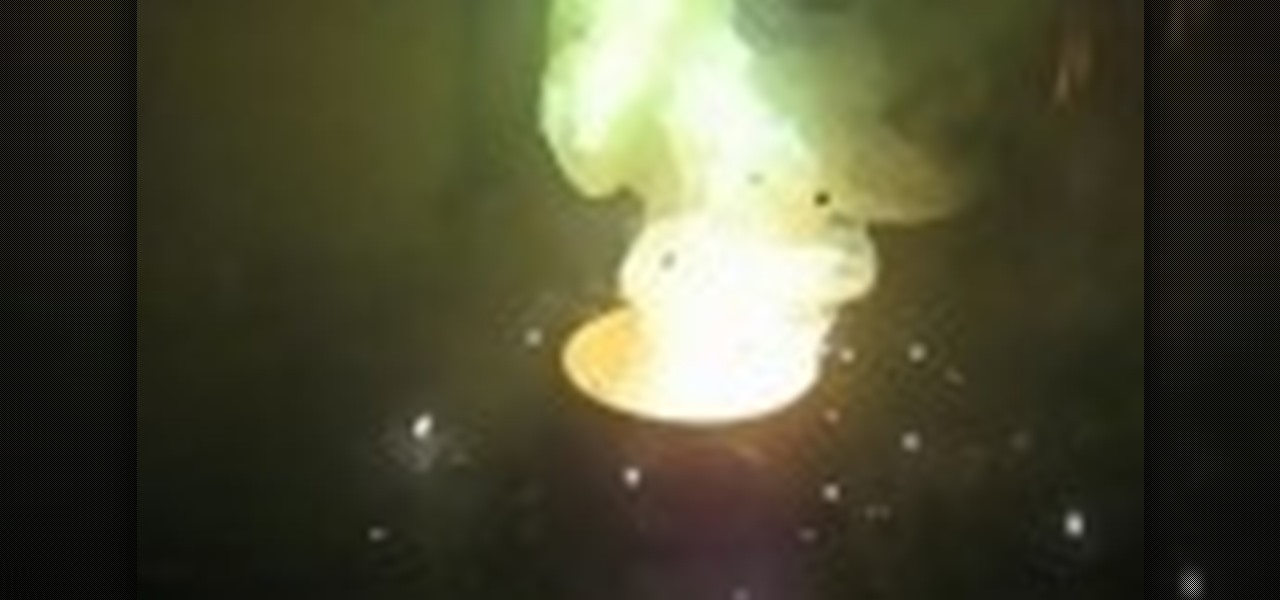
How To: Make solid rocket fuel ignition with zinc and sulfur
Once used as solid rocket fuel because the reaction requires no oxygen, sulfur and zinc react vigorously. The reaction with zinc produces flame and a near explosion. Sparks fly and smoke billows in this dramatic chemical demonstration.
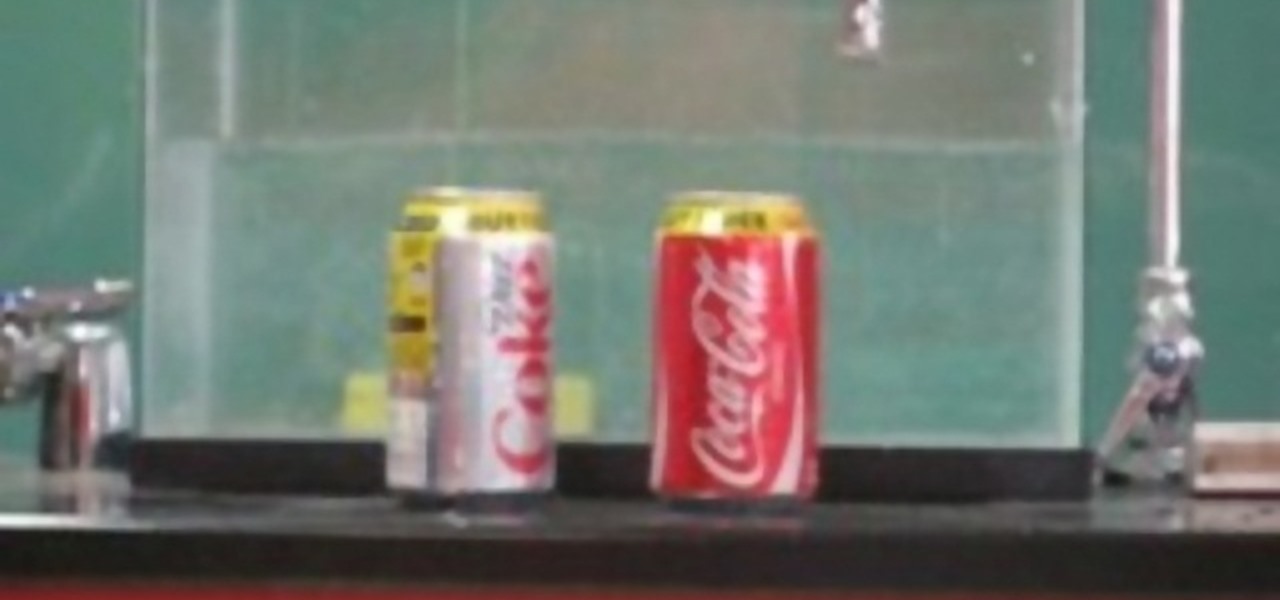
How To: Compare Coke and Diet Coke's density
Ever wonder how much sugar is in your soda? This simple experiment that anyone can do puts Coke and Diet Coke head-to-head in a density test.
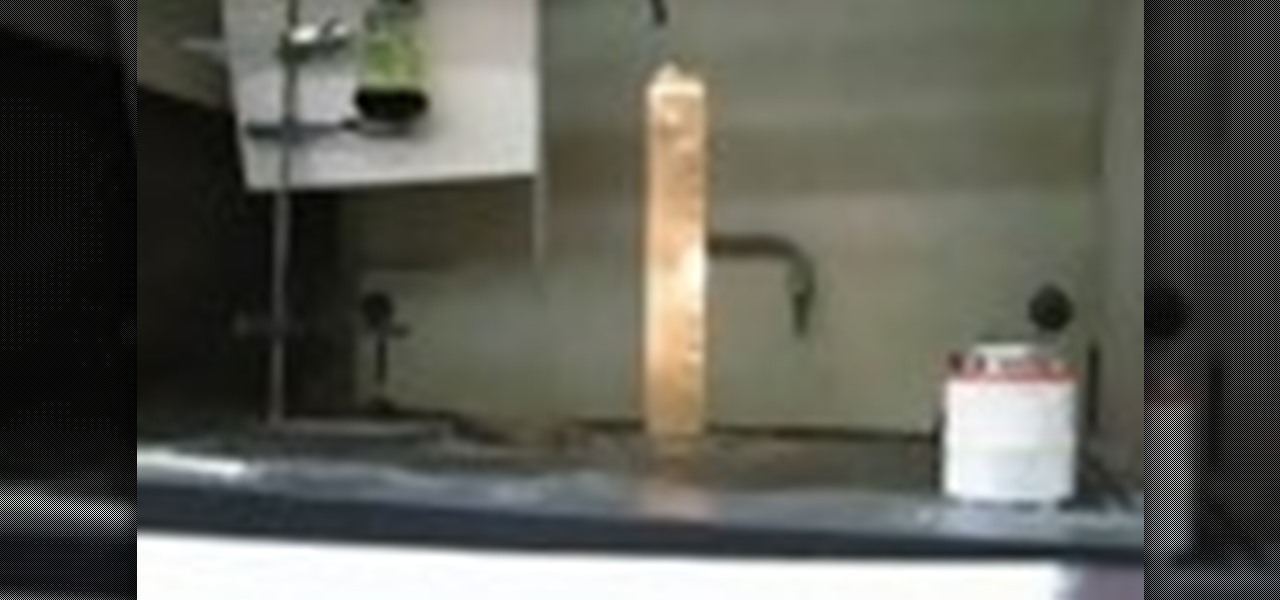
How To: Make underwater fireworks with chlorine and acetylene
Chlorine gas is bubbled up along with acetylene gas through a large graduated cylinder filled with water. Where the bubbles of the two collide, an instantaneous, bright flash of light occurs.
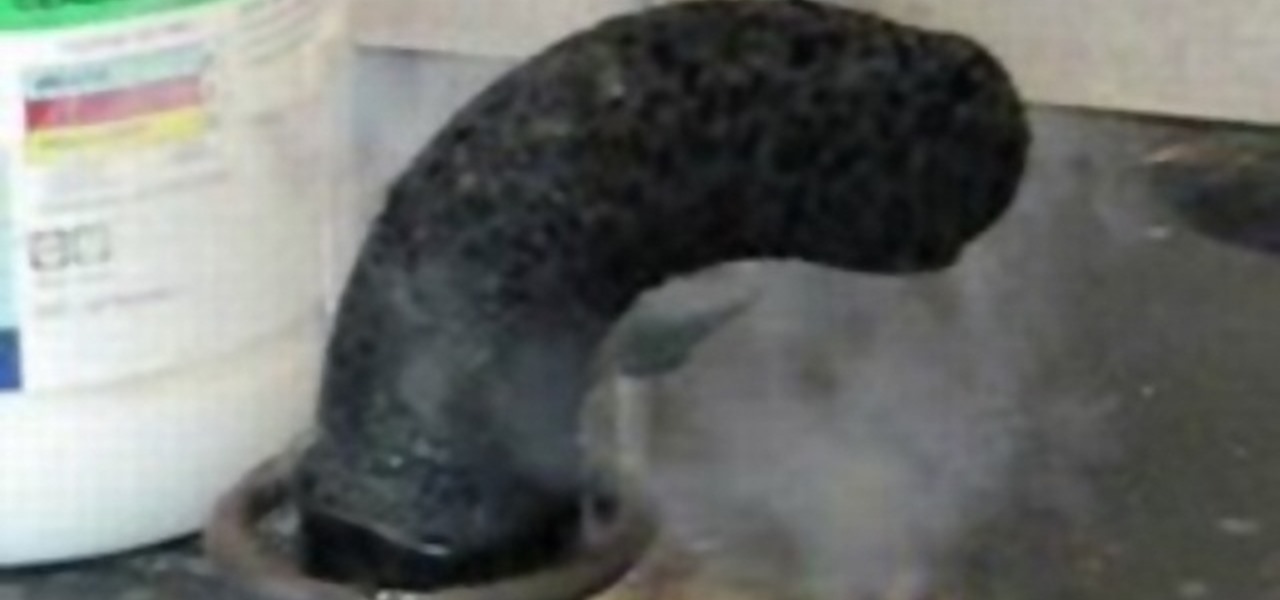
How To: Make a Sugar Snake from Sulfuric Acid and Sugar
Sugar (a carbohydrate) is dehydrated with concentrated sulfuric acid. Since a carbohydrate was once considered just hydrated carbon, if you remove the water, carbon would be left over. The acid rips the water out of the sugar and the heat generated by this reaction causes the water to turn to steam. A black mass of carbon is produced.

How To: Boil ice water
This should probably be called the three phase of water. It all started as a students question, "Can you show us the triple point for water? Can you boil ice water?"

How To: Boil Water Using Ice
Ice in placed on a sealed FLASK and the water inside starts to boil. Great science fair experiment.

How To: Inflate a sealed balloon in a vacuum chamber
Want to learn the principles beyond Boyle's Law in a way other than just hitting the books and getting bored to death? Then a science experiment is key.

How To: Boil water at room temperature in a vacuum
This is a super cool way to learn some science while combating spring break or summer break boredom. This science video teaches you how to boil water at room temperature. Obviously this won't work in the normal conditions in which you boil water. But if you place the water in a vacuum, where the atmospheric vapor pressure is lowered, water can boil at a much lower temperature.
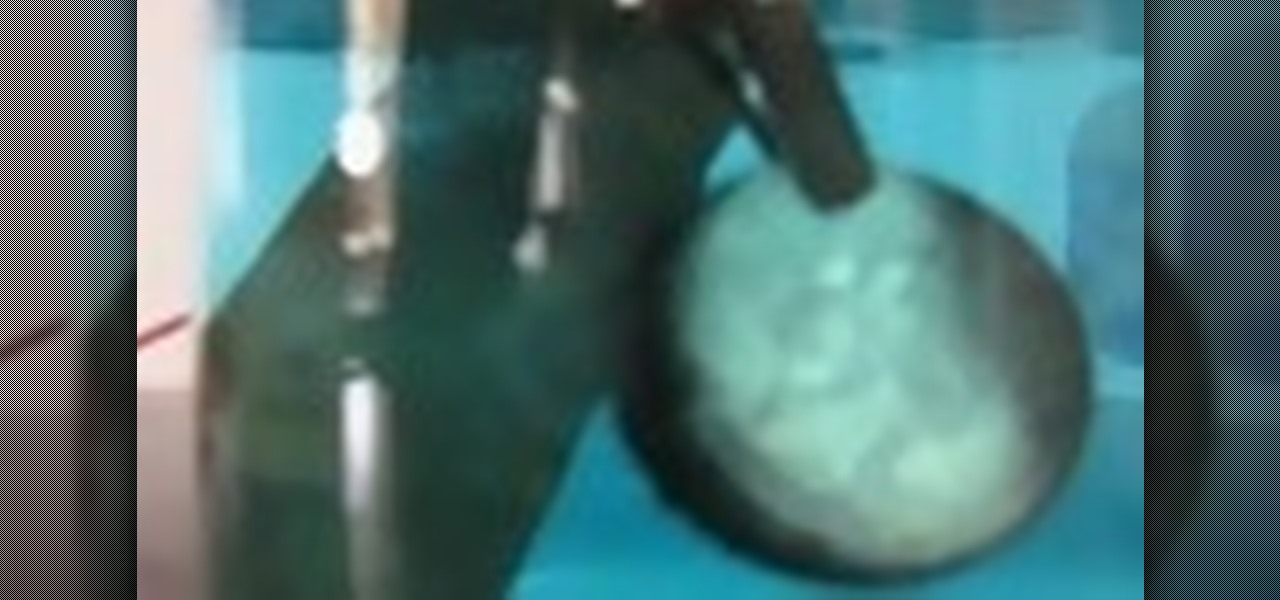
How To: Electroplate a quarter in copper salt water
Quarters are nice and silvery. What if they looked like a big penny? This video shows you how to electroplate metal objects, using just a battery, some copper salt, copper metal, two wires, and a quarter.
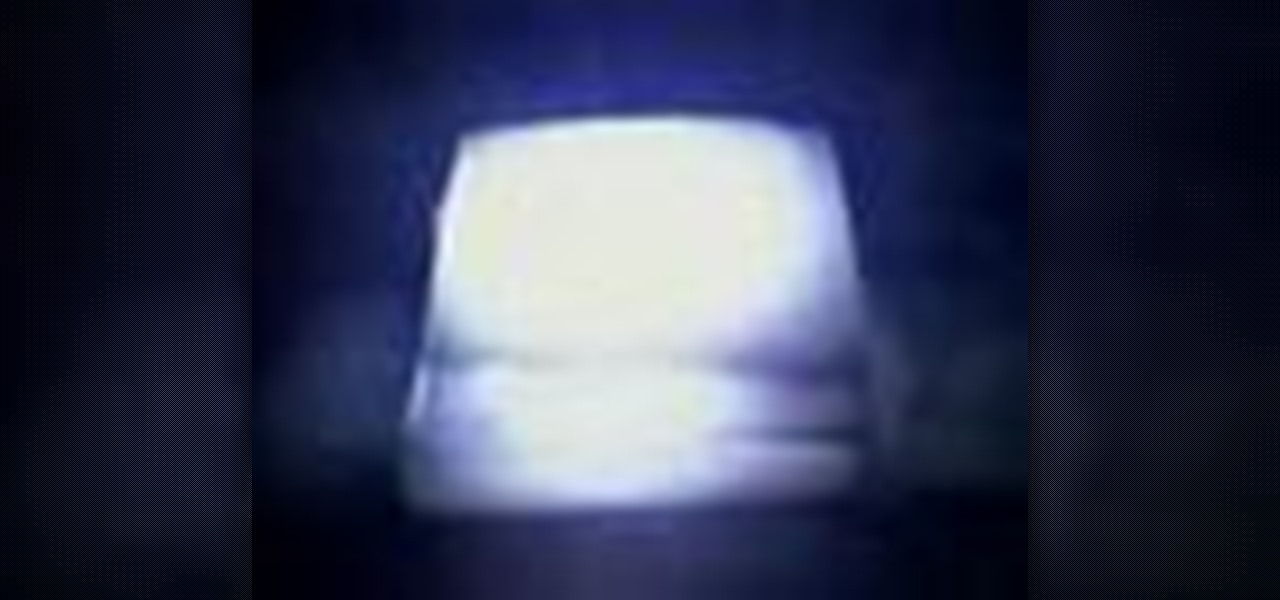
How To: Ignite magnesium with dry ice
This illustrates the reaction had between magnesium and dry ice. It ignites in a chemical reaction between the CO2 & the magnesium.
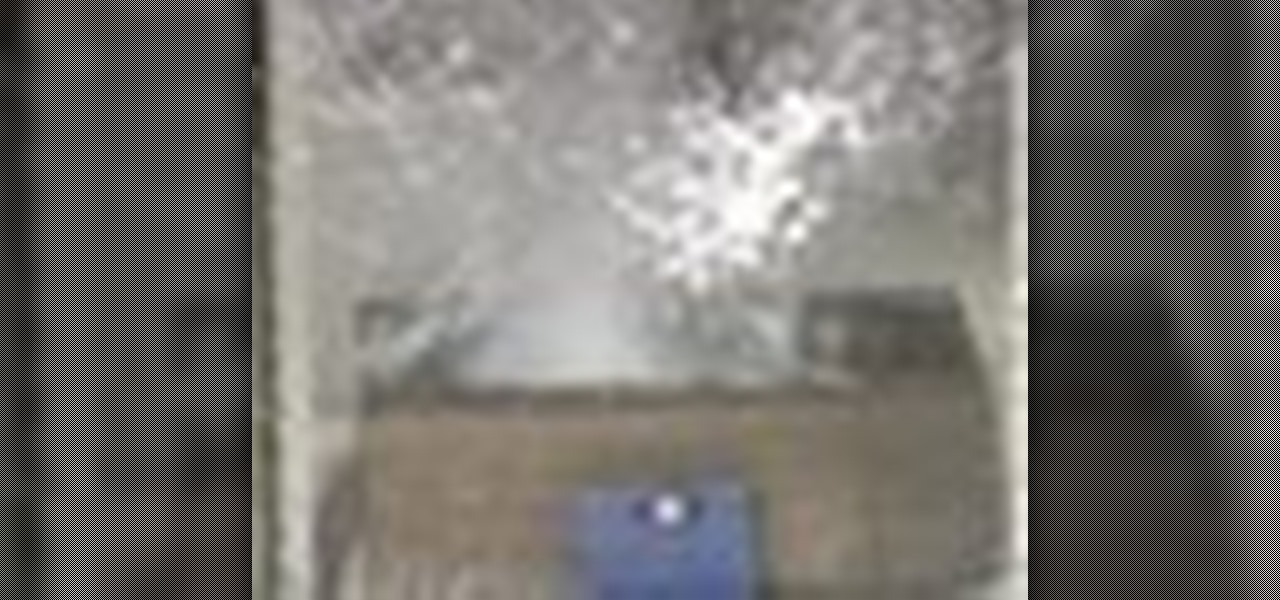
How To: Make an ice bomb
Pour water into a cast iron bomb. Then bathe the bomb in a dry ice acetone slush. This will cause the reaction. This is to illustrate that the volume of ice is greater than of an equal mass of liquid water.

How To: Detonate nitrogen triiodide
This violent reaction occurs when dried nitrogen triiodide is touched, even by something as light as a feather.
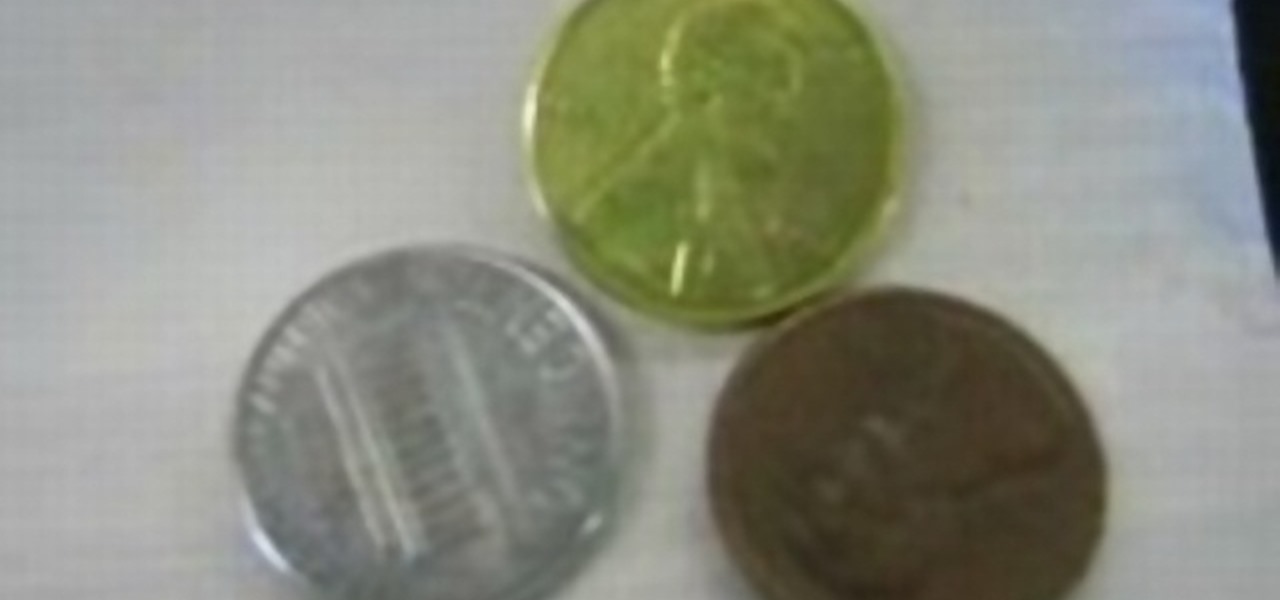
How To: Turn pennies to gold or silver
Turn pennies from copper to silver then to gold with a few household chemicals.

How To: Stop burning money
A 20$ bill is dipped into a solution of water and isopropyl alcohol. It is then ignited and the bill bursts into flames but the bill does not actually burn.....well most of it anyway.
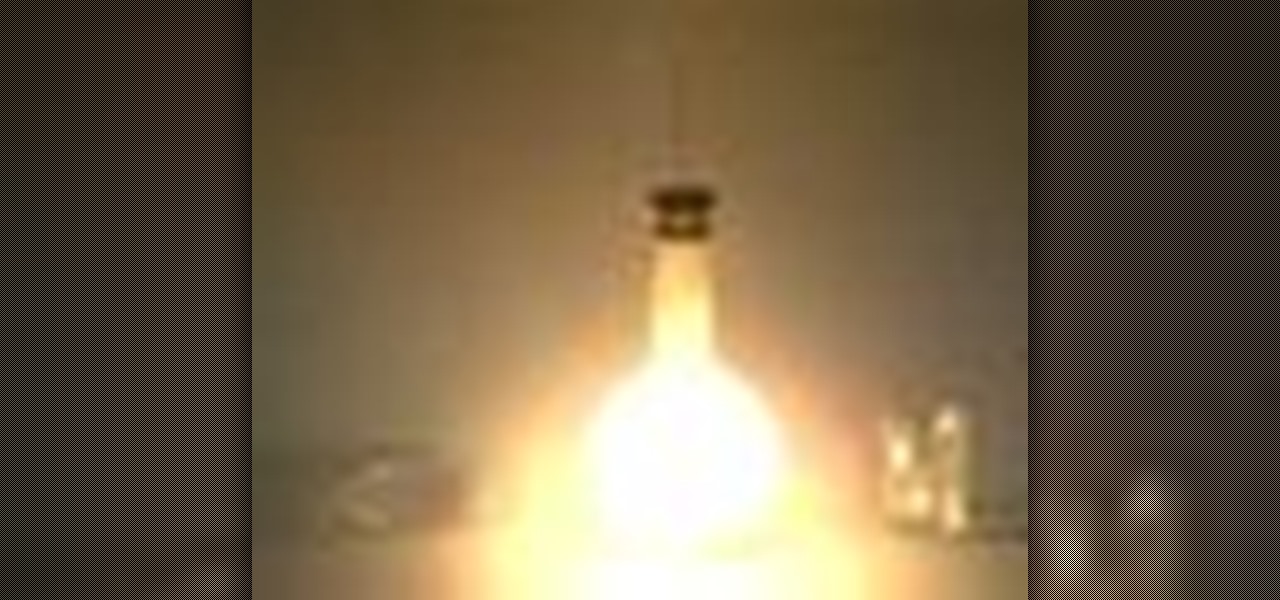
How To: Make an explosion with sodium and chlorine
This is a science experiment illustrating the reaction between chlorine, sodium & water.

How To: Power a motor using magnets
Harness the power of magnets to create perpetural motion which powers engines for 400 years.
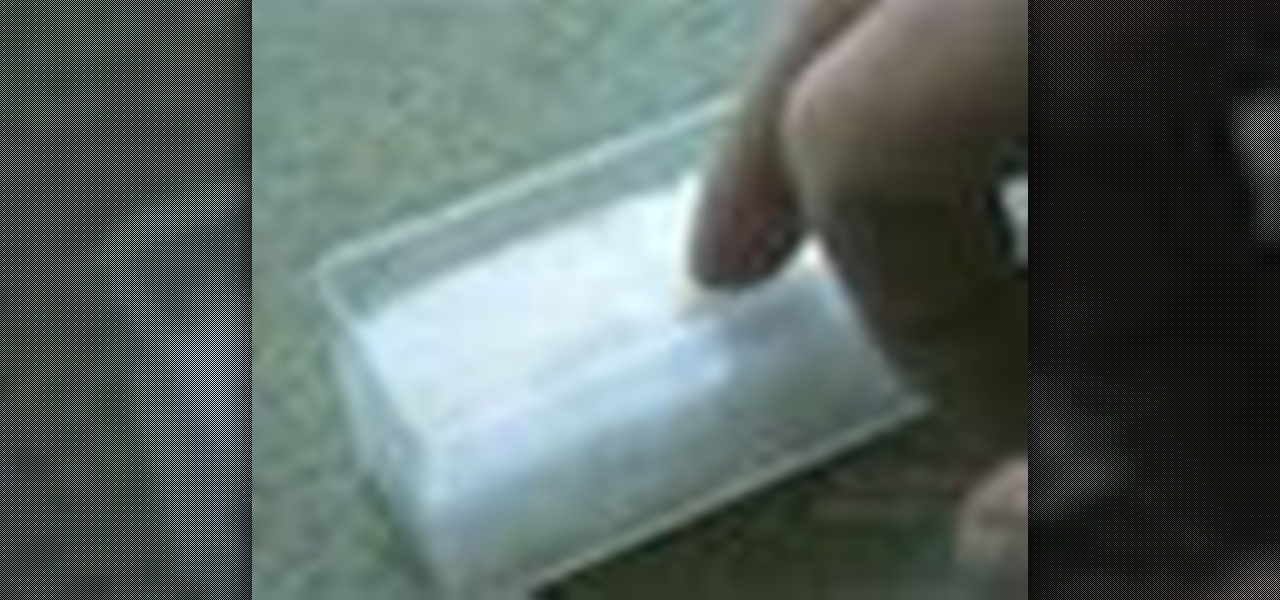
How To: Instantly make hot ice
Watch this amazing video tutorial to learn how to instantly make ice. This is a simple experiment turning a liquid to a solid with just a touch. Just find some sodium acetate and water to start. Boil it, then chill it, then touch it! And in an instant you have ice! If you want to be creative (or you're just bored on a Sunday afternoon) you can pour some ice sculptures to amaze children of all ages. Check out this awesome how-to video and cook up some hot ice.







